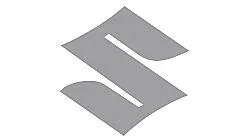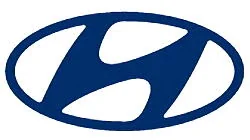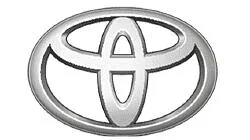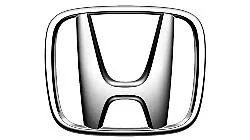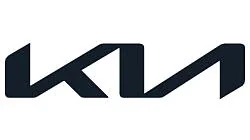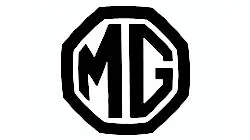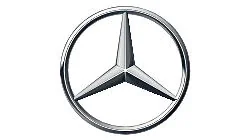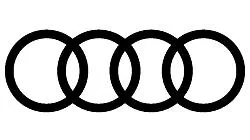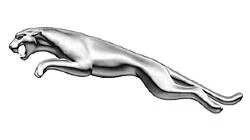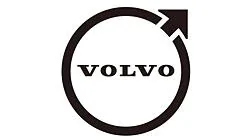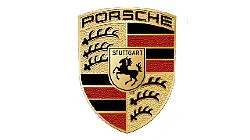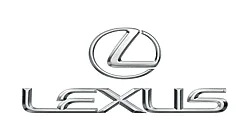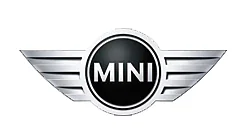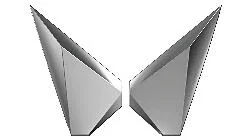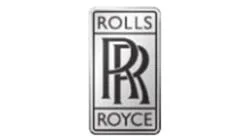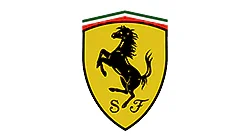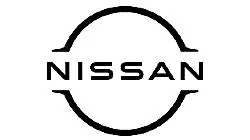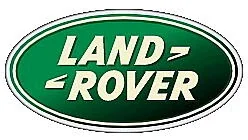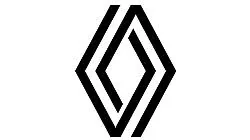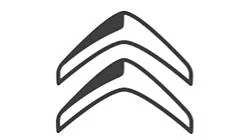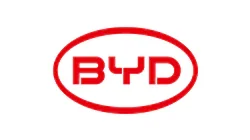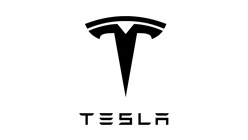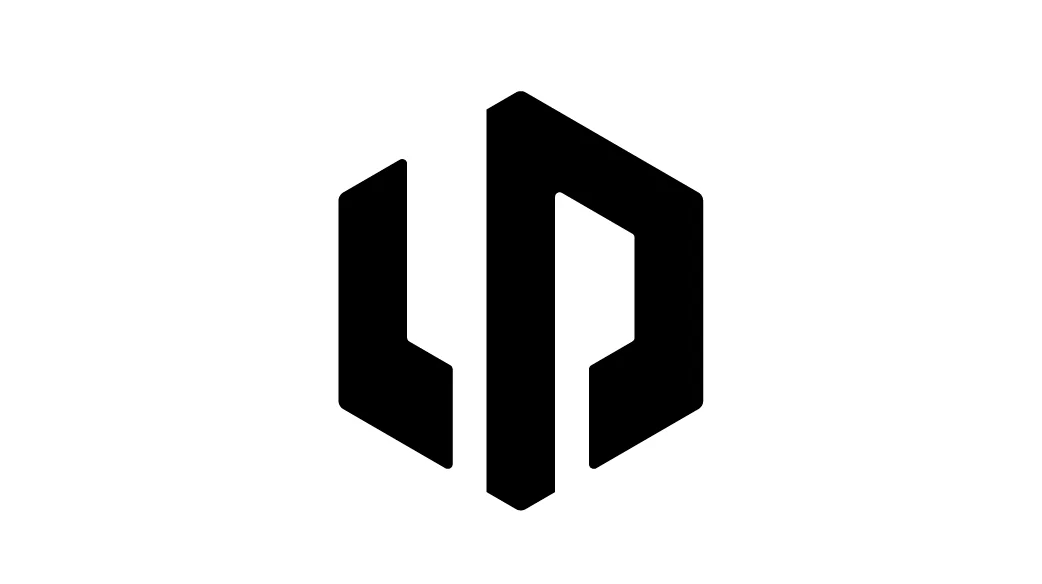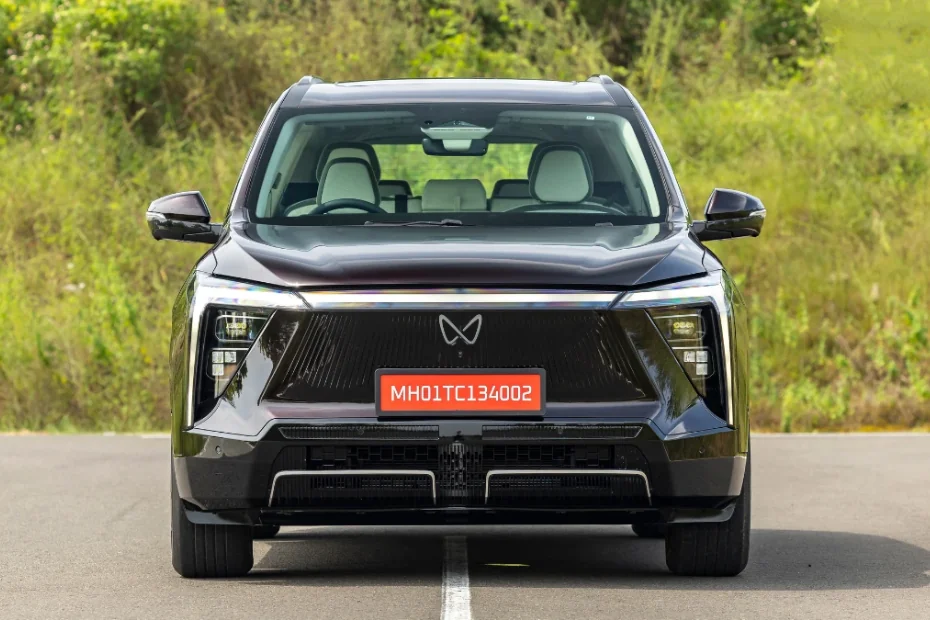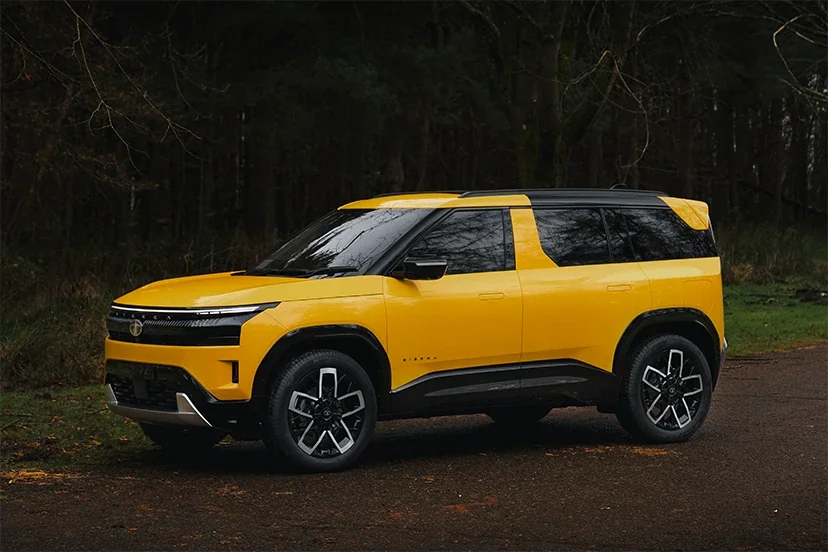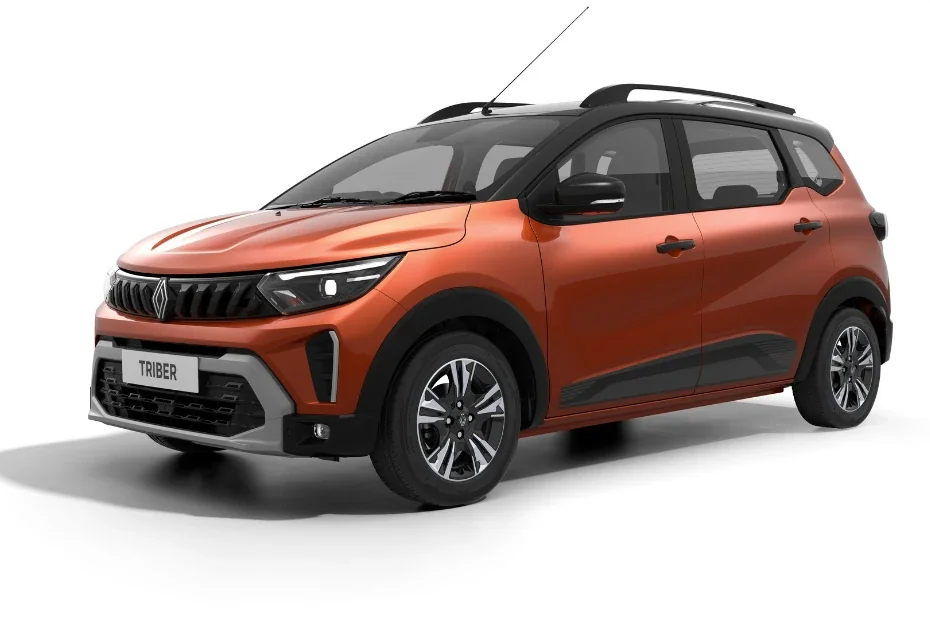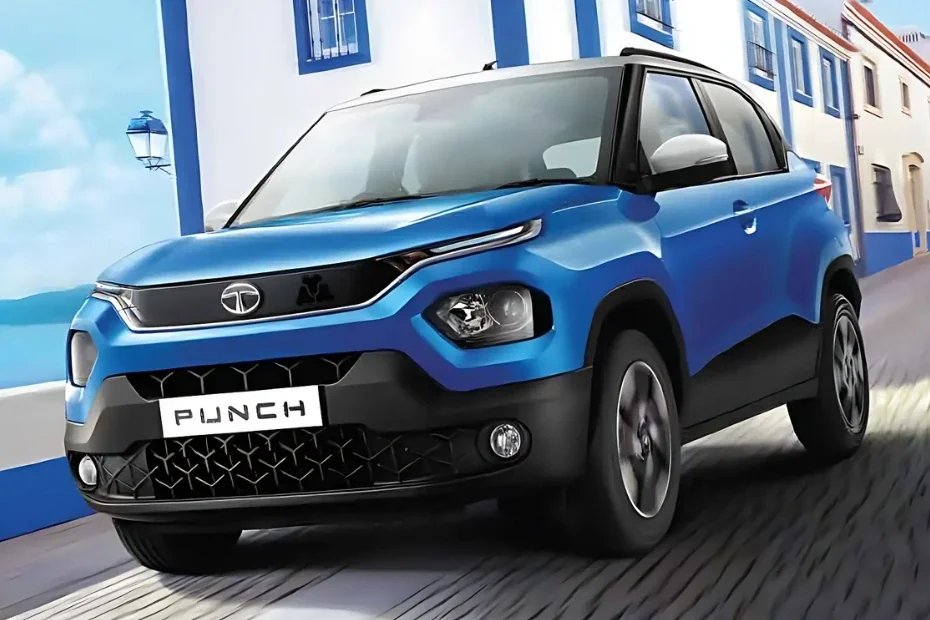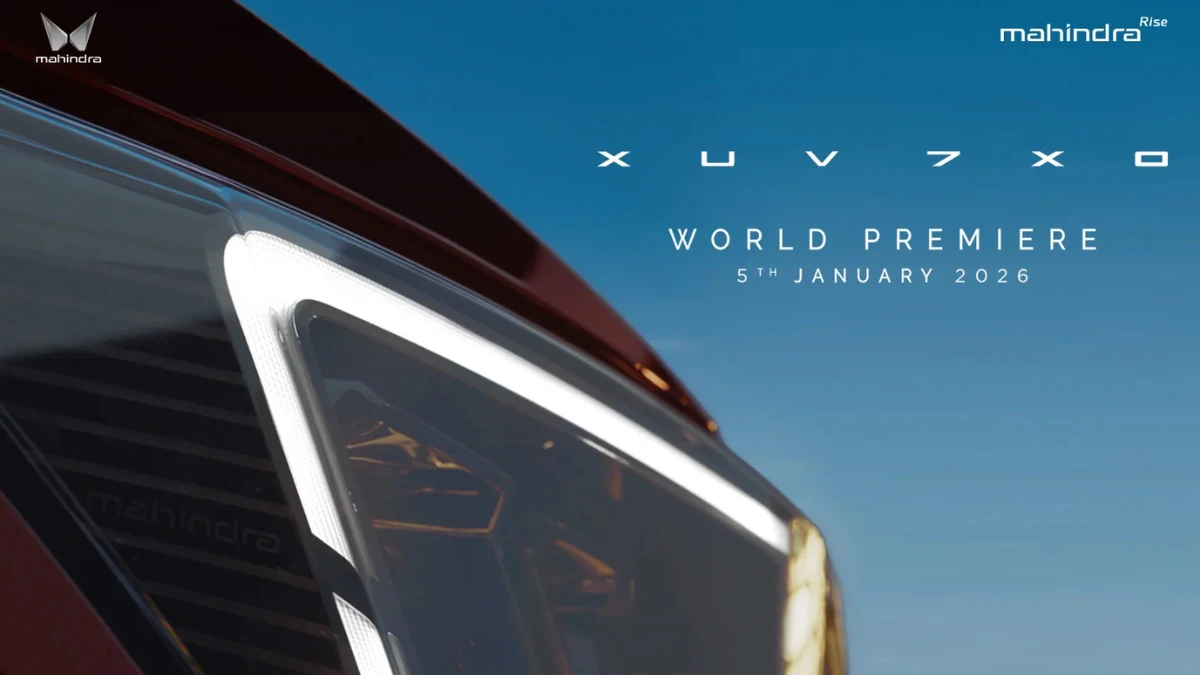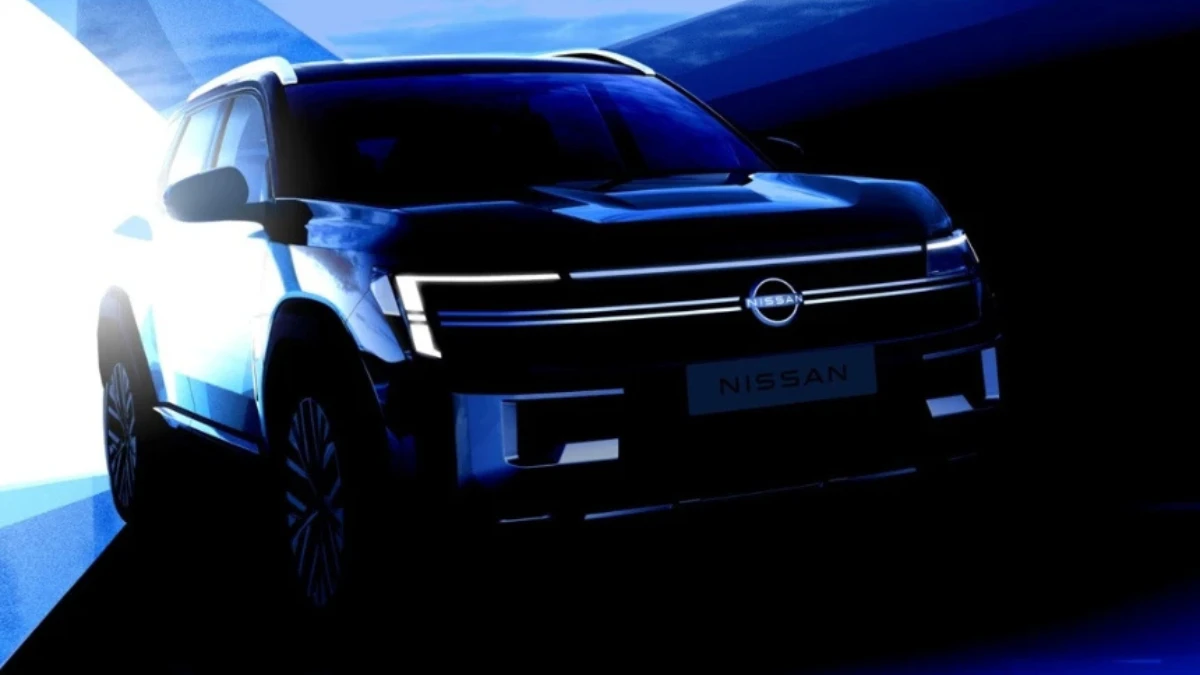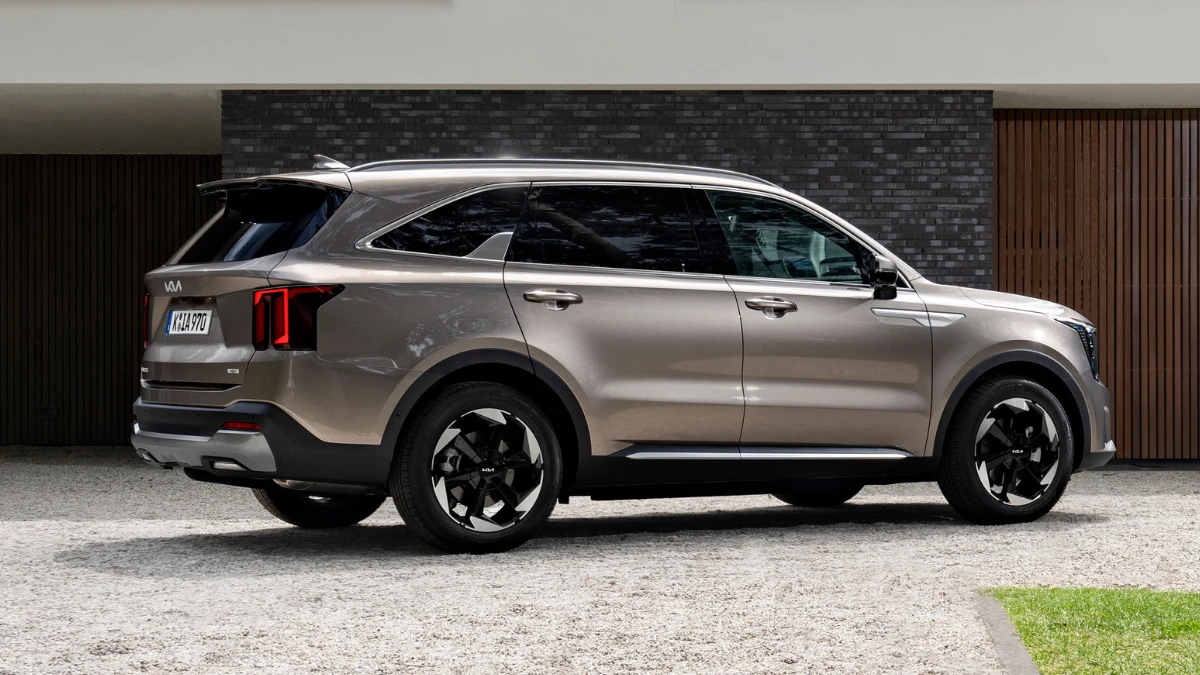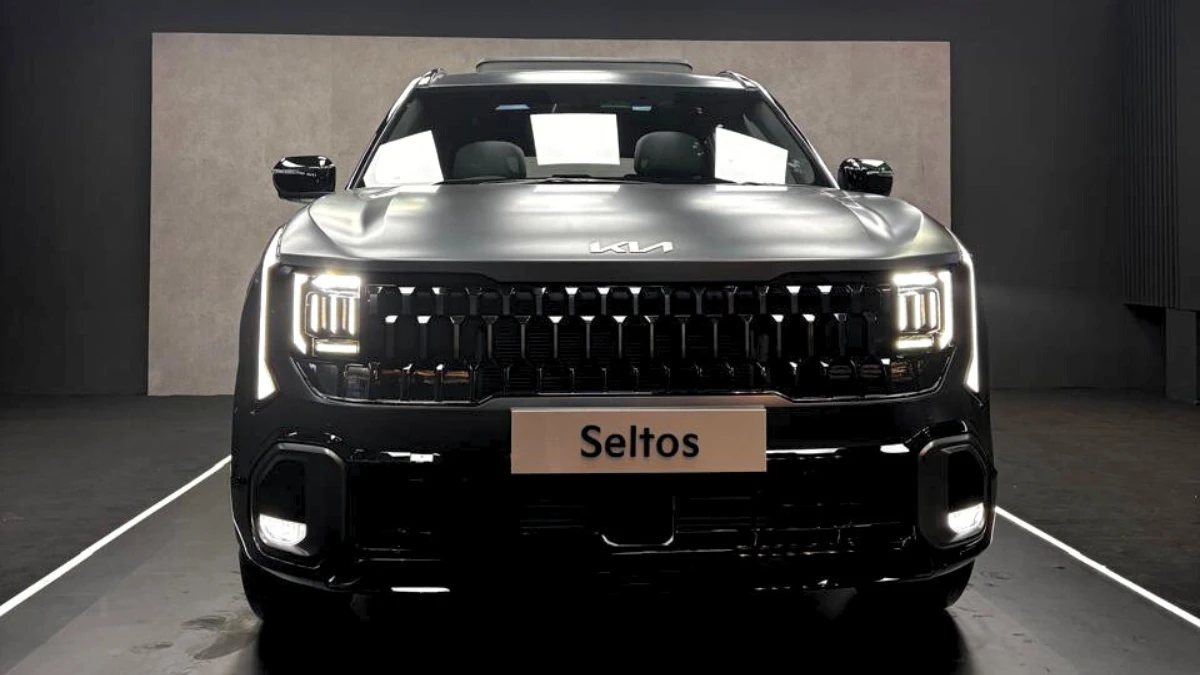
The Kylaq is the first compact SUV launched by Skoda into the Indian sub-4-meter SUV market. It's the new member in the portfolio that the company brought in following Kushaq, a compact SUV offering myriad premium features and size. Here are differences between these two models on price, dimensions, features, engines, and value for money.
Price and Positioning
The Kylaq starts at an ex-showroom price of Rs 7.89 lakh and is designed to be one of the budget-friendly options in the compact SUV segment, while the Kushaq commands a higher price, at Rs 10.89 lakh and going all the way up to Rs 18.79 lakh, serving the needs of customers demanding a more feature-rich option with more power options.
Dimensions and Space
The Kylaq is smaller compared to its sister SUV, measures 3995 mm in length, 1783 mm wide, 1619 mm in height, and has a wheelbase measuring 2566 mm. It appears compact both in length and girth. But it boasts 446-litre boot space, expandable to 1265 litres when the rear seats fold, which is a class of generous boot space. The Kushaq provides less boot space in general with a 385-litre boot. So, Kylaq is better for those customers who want more cargo space, particularly for longer journeys.
Design and Features
Both SUVs sport Skoda's modern, rugged design language. Kylaq flaunts its blacked-out butterfly grille, split LED headlights, and 17-inch alloy wheels and, on the whole, offers the look of a dashing yet rugged SUV like the Kushaq. However, on the inside, it can be distinguished with class-first 6-way electrical seats with ventilation for the driver and front passenger, dual digital screens, a sunroof, and ambient lighting. It introduces a few more upscale features as well, such as the larger 10-inch infotainment system from Signature onwards, automatic AC, a cooled glove box, and wireless charging in the top trim for those who want to have that little extra touch of luxury and technology.
Engine and Performance
Under the bonnet, there is a 1.0-litre TSI Petrol with a power generation of 114 bhp and torque output of 178 Nm, mated with a 6-speed manual or 6-speed auto transmission. A comparable alternative would be the engine; the Kushaq provides similar. Here, it delivers the same 1.0L turbo-petrol outputting 114 bhp and 178 Nm of torque. This can also be combined with the powerful 1.5-litre turbo-petrol unit delivering 147.94 bhp and 250 Nm, mated to the 7-speed DCT transmission exclusively. It thus makes the Kushaq an appropriate buy for people in love with strong, brisk acceleration in cruising long distances.
Safety Features
Both these cars promise higher safety with the Kylaq, as six airbags are equipped along with 25 standard safety features, where multi-collision braking and electronic stability control, among others, are added. In the Kushaq, five-star ratings have been achieved for Global NCAP Safety tests, and the latest safety aspects include ESC, tyre pressure monitoring system, ISOFIX mounts, and even hillhold across variants.
Colour Option
The Kylaq comes in six monotone colours, like Olive Gold and Tornado Red. The Kushaq is wider, with eight color options with dual-tone combinations and unique shades in specific trims like Deep Black, providing a premium feel to customers seeking more personalization.
Also Read: Suzuki e Vitara Explained In Images - Hyundai Creta EV Rival
About Author
Kritika Dadhich, a skilled writer who seamlessly juggles her roles as a blogger and poet. With a deep love for cars and a talent for storytelling, she brings fresh insights and captivating narratives. Join her on an exciting journey through the world of automobiles.
Top Car Brands in India
Top Car Brands in India
Trending Car News in India
Trending Cars in India
Trusted Dealer
All Over India
Irresistible Offers
Stay Updated, Pay Less
Compare Cars
Choose the Right Car
Easy Finance
Multiple Finance Options

Monday - Saturday
10:00am - 6:30pm
+91 7947722777, +91 7479000444, +91 9311718549
contact@carlelo.com







